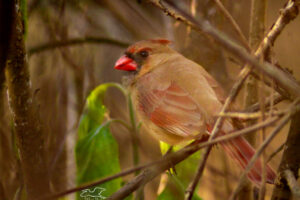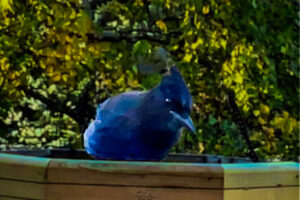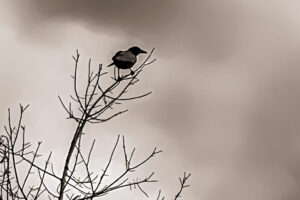Song Sparrows are Cute, Interesting Little Birds

One of the most common birds in North America is the song sparrow (Melospiza melodia). It can be found throughout most of Canada and the United States from the Aleutian Islands to south Florida. There is even a small, isolated wintering ground in central Mexico. Across this huge range these birds can look somewhat different, but genetic studies show very little diversity. There are many habits that tie the species together, though. One of the main habits that all song sparrows have is the choice of open areas with low vegetative growth for their homes. They are usually found in marshes, prairies, forest edges, pastures, farms, and even on arctic tundra. They tend to forage for food on the ground or in low growth, which they also use for cover. They also all tend to nest in similar spots on or near the ground, but with significant cover. Some common nesting sites include in hollows at the base of trees or bushes, in thick grass tussocks, and among densely planted crops.

Song sparrows are omnivores and are opportunistic feeders. During the summer breeding season or before migrations they eat mainly insects such as caterpillars, worms, grubs, beetles, dragonflies and many others. They will also supplement that diet with berries and grains when those are available. It’s not unusual for them to come to feeders or to nest around people as long as cover is available. During the breeding season males are known to be quite aggressive at the feeder, driving off birds significantly larger than themselves.

Although song sparrows are only winter residents in Florida, they were pretty abundant at both Payne’s Prairie State Park and Sweetwater Wetland Preserve when we were there at the end of March. All of the habitats that we went to were ideal for these cheeky little birds and none of them seemed to be put out by our presence at all. By now, almost a month later, most of them will have left for their northern breeding grounds, but come fall they’ll be back again. The next time I go out there other birds will have taken up that niche for the summer, keeping things always interesting and exciting.





2 Comments
Leave your reply.